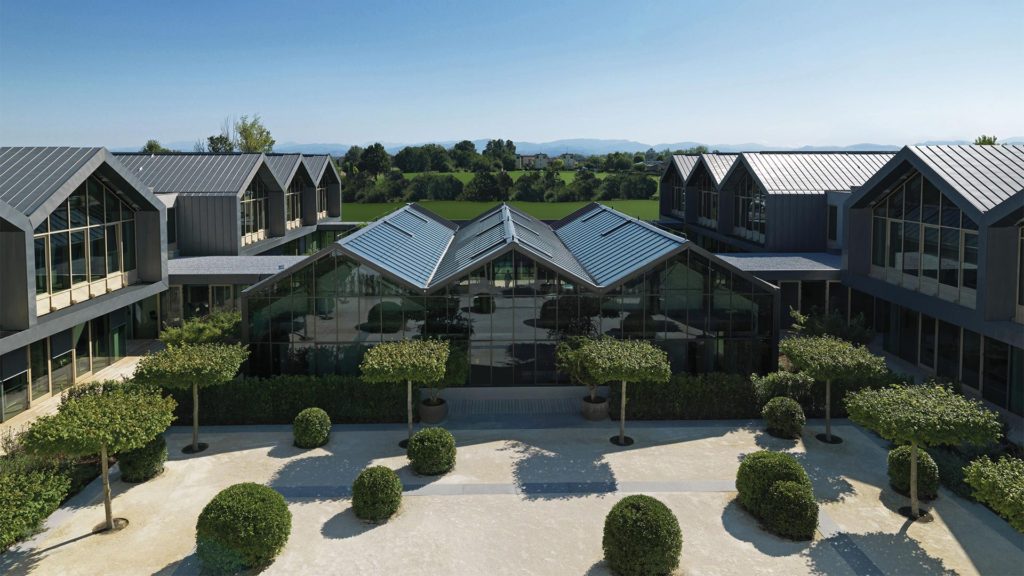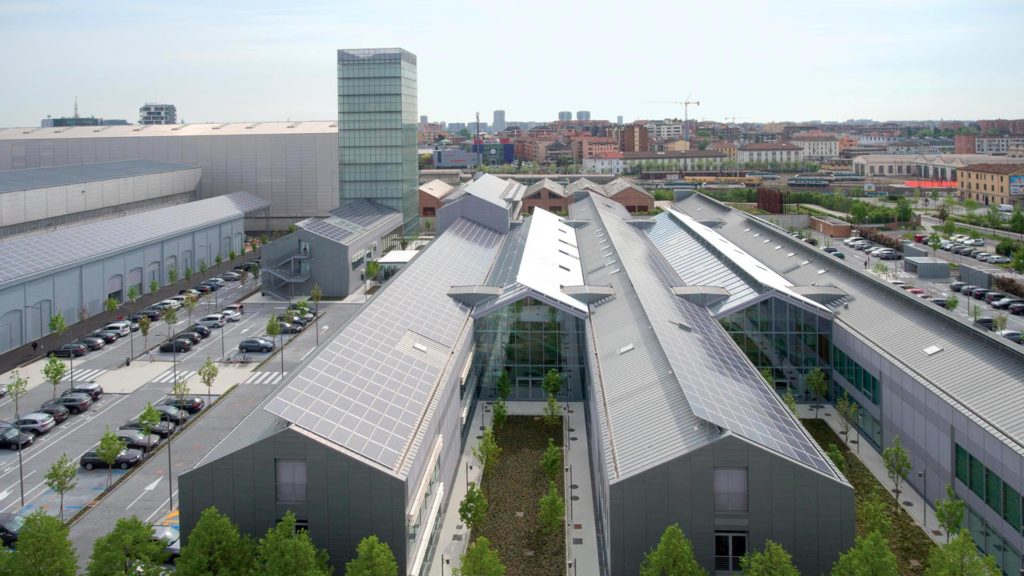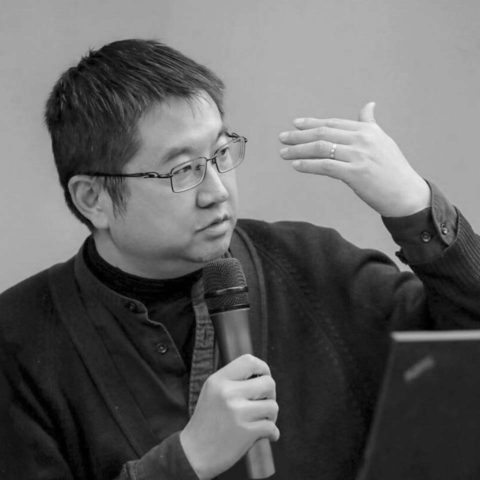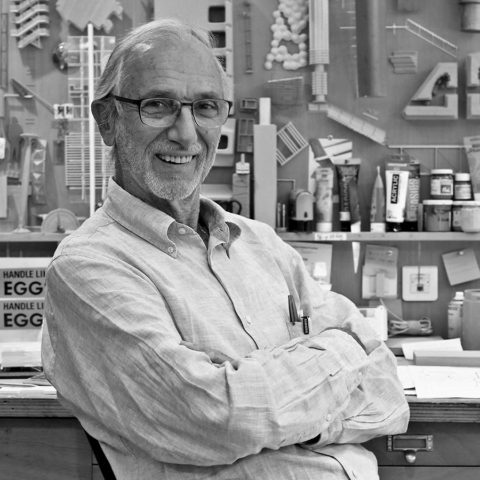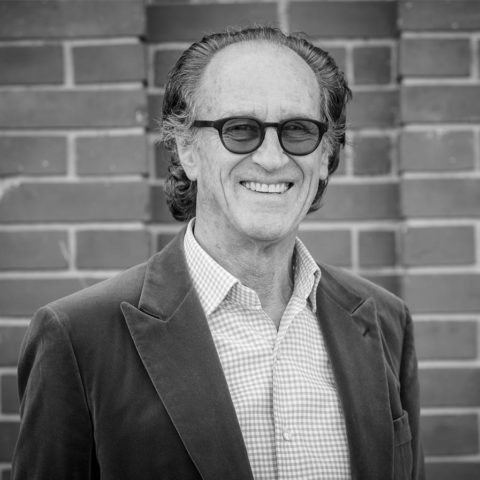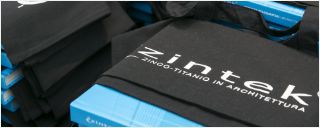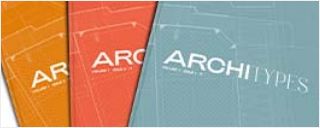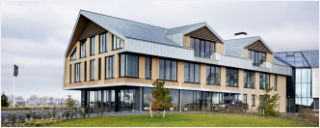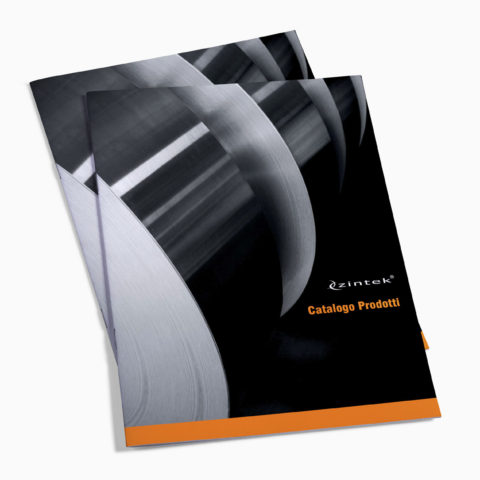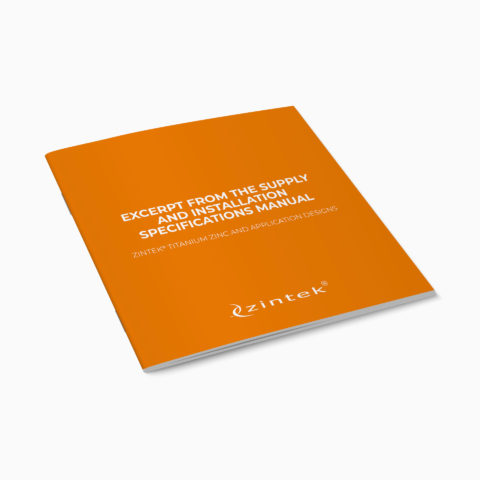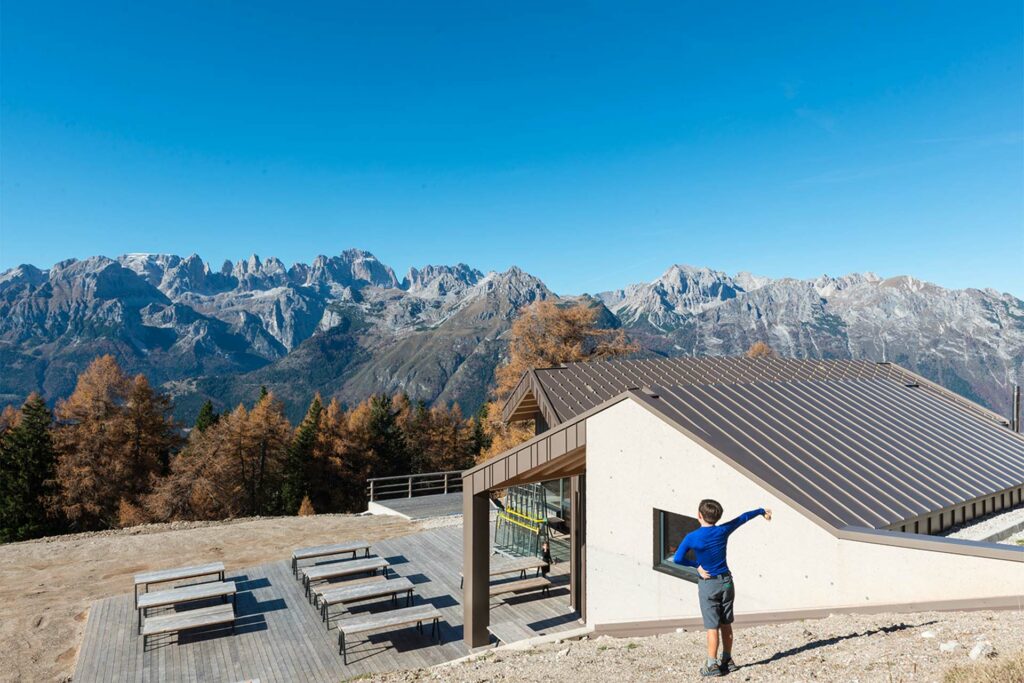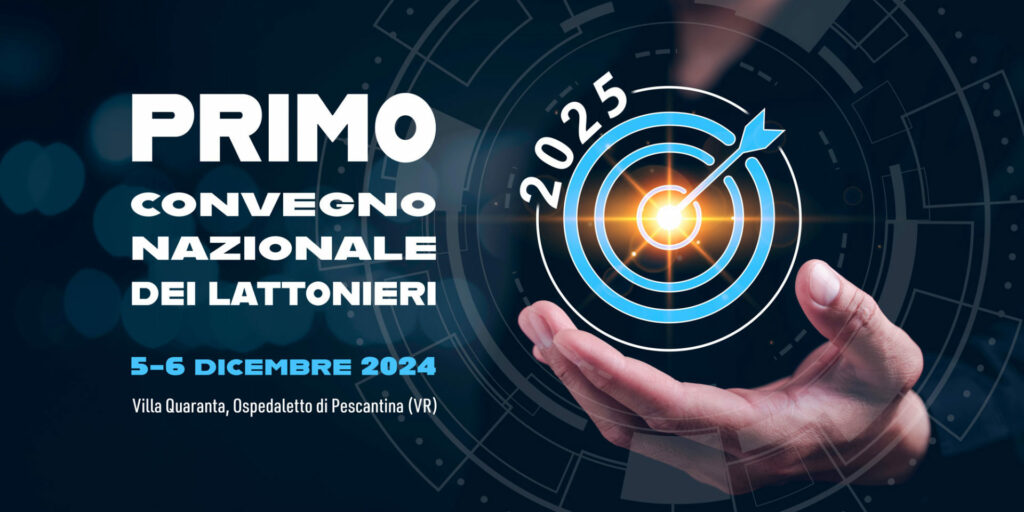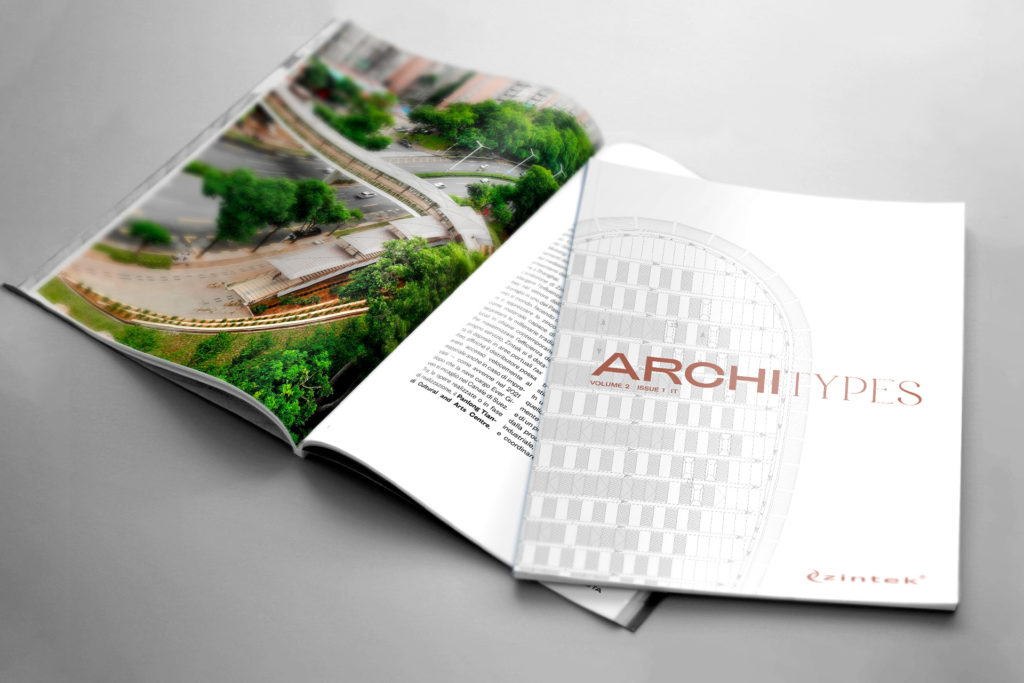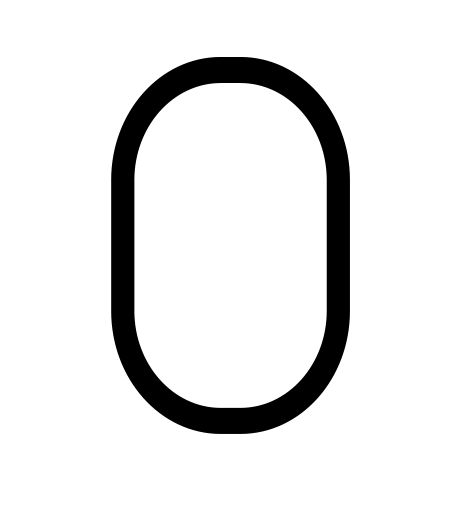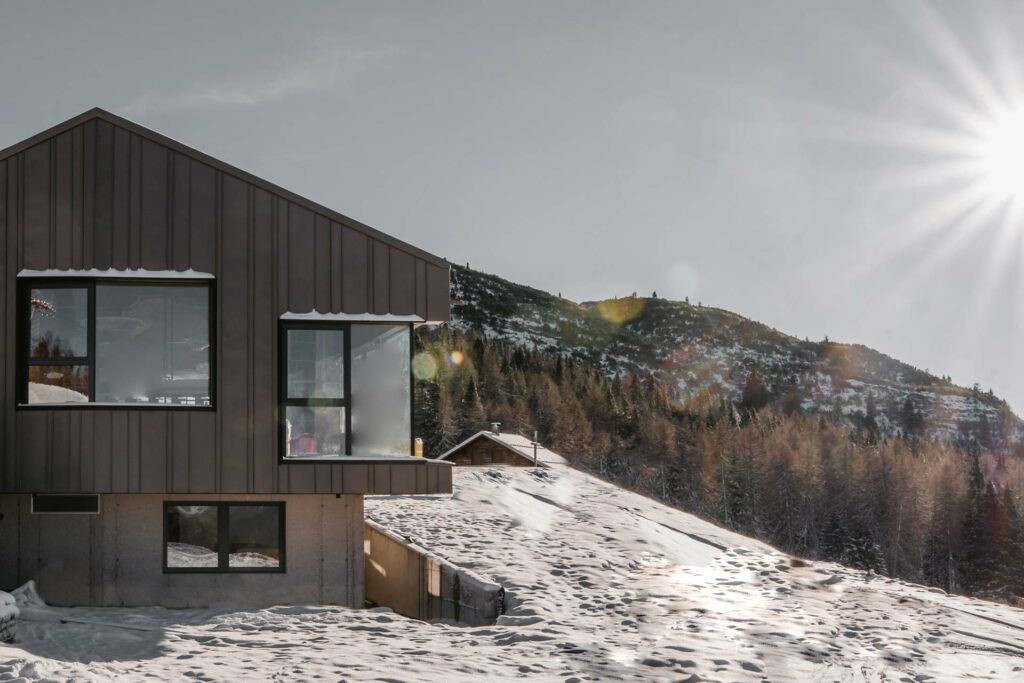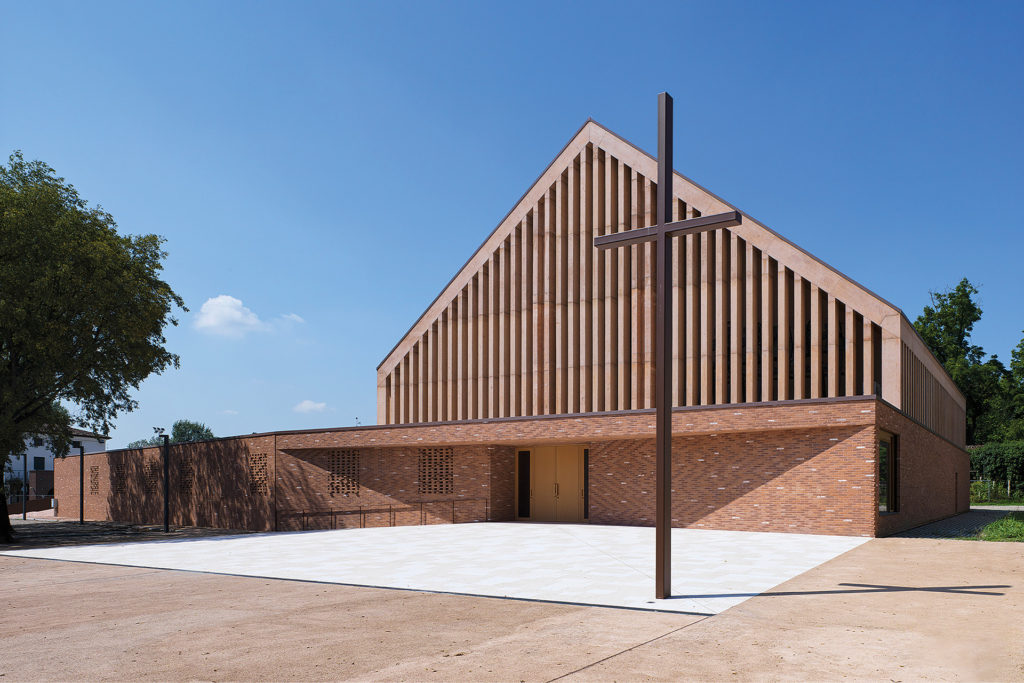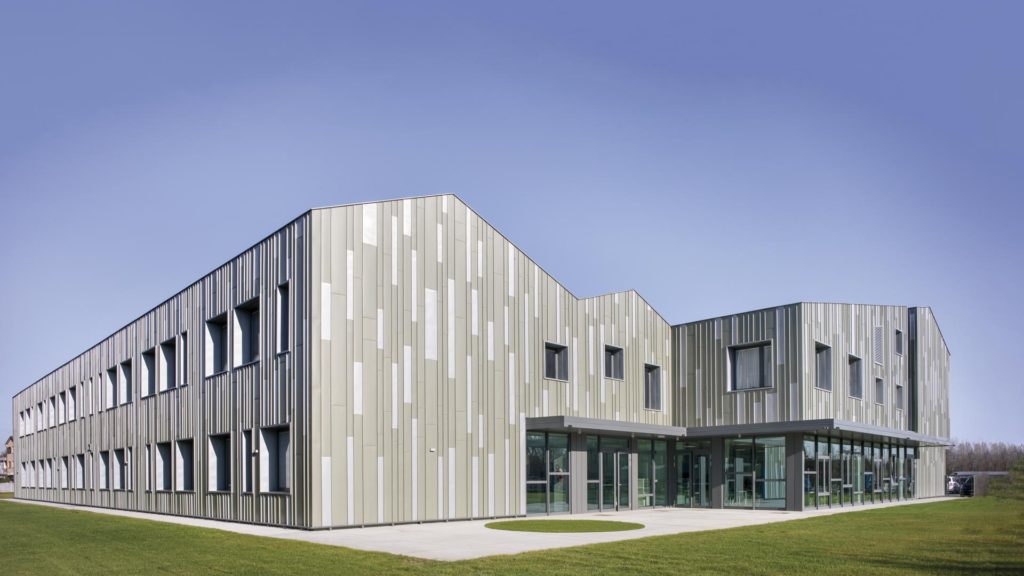During recent years, building envelopes have become a field for experimenting, for interactions between architecture and the environment thanks to the use of color, light and natural materials, and have taken on the function of an actual communications system in relation to the urban context and landscape.
In architectonic envelope design, materials (whether traditional, innovative or smart) and technologies provide diverse and increasingly complex visions, moulding surface textures and architectural perceptions in relation to the surrounding environment. An example of this can be found in the use of zintek® titanium zinc for cladding façades and roofing solutions.
This is the case of the Prysmian Group Headquarters in Milan, the new main facilities of the world leader in the electrical cable and telecommunications sector. The roofing solution and part of the façades were clad in rolled zintek® titanium zinc products, generating the impression of a “regular and homogeneous coating”.

The cladding is supported by a ventilated insulation layer which allows for dissipation of humidity and effective air circulation. Located in the Bicocca neighborhood and designed by the architect Maurizio Varratta, we are speaking of an avant-garde complex which obtained LEED Platinum certification.
The use of non-traditional construction technologies led to the development of dynamic architectonic envelopes from both a perceptive and physical standpoint, capable of following rhythmic and chromatic patterns in relation to the surrounding environment, thanks to the movement or overlapping of their components.
An example can be found in the use of rolled zintek® products in the UniCredit Pavilion in Milan, a building erected in the Porta Nuova Garibaldi neighborhood and designed to host conferences, events and meetings.
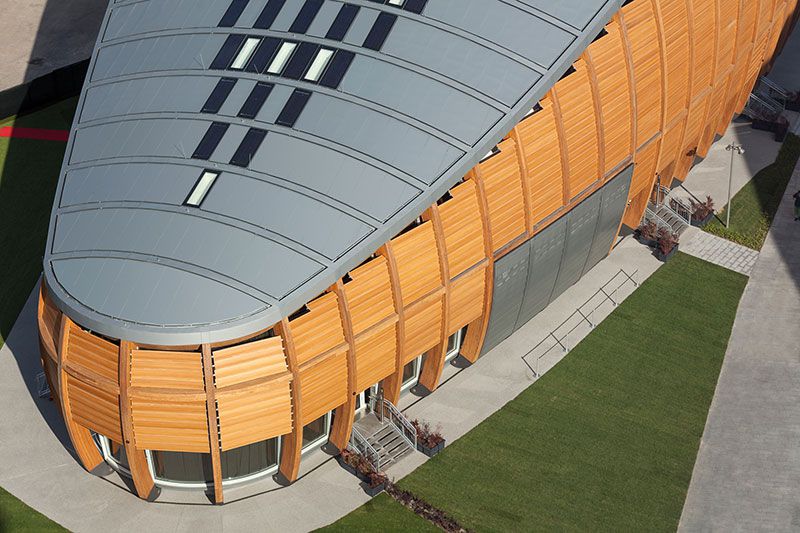
The roofing solution is a layered system, clad with zintek® curved metallic panels and integrating skylights, photovoltaic panels and ventilation grids. The large mobile lateral doors include a LED lighting system. The rears of the “hangar” doors, which are opened via a two-movement kinematic system, feature LED projection screens.
Designed by architect Michele De Lucchi’s AMDL Circle studio, the building obtained the LEED Gold certification. The roofing solution and external cladding of the large “hangar” doors follow the organic shape of the building, giving birth to a single cladding skin.
In this sense, the choice of materials becomes a key element. Zintek offers and develops diverse stratigraphic solutions capable of achieving maximum potential of the “zintek® system”; these solutions can be adapted to meet the specifications of each project.
Rolled zintek® titanium zinc products were born as a material for cladding of roofing solutions and façades. Their composition, resistance against atmospheric agents, virtual lack of maintenance once installed, along with their high malleability and aesthetic cleanliness, make these products an ideal choice for elegant and long-lasting cladding solutions.
From a technical point of view, in order to make best use of its characteristics, zintek® is combined with an insulation stratigraphy and installed in compliance with specific ventilation requirements in relation to the intermediate layer located between the cladding and the insulation package.
This is the case of the Le Albere Neighborhood in Trent: one of the most important urban requalification interventions of the past few years, involving a vast abandoned former industrial area. Designed by the RPBW – Renzo Piano Building Workshop, the new neighborhood includes apartments, businesses, a cultural hub and the Muse Natural Science Museum, as well as a five-hectare public park. Zintek, which acted as general contractor for the roofing solutions of the entire complex, coordinated the development and installation of the substructures and zintek® titanium zinc cladding, where photovoltaic panels were later installed to ensure energy production for the complex.

In contemporary architecture, color has undergone an exponential evolution in terms of perception, proportional to the technological innovations applied in the building envelope and capable of influencing the definition of wellness, safety, health and accessibility environmental requirements for both indoor and outdoor spaces.
Rolled titanium zinc products offer numerous possibilities: they are available in the natural variant, a glossy grey color which turns darker when gaining an extra protection layer through oxidation, in the pre-weathered variant and in the colored versions belonging to The Color Line series, which features six colors (Mediterranean Blue, Lagoon Green, Antique Red, Natural Earth Brown, Rock Grey and Graphite Black) to meet any design needs.




